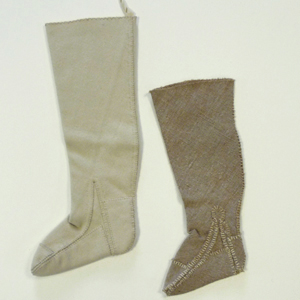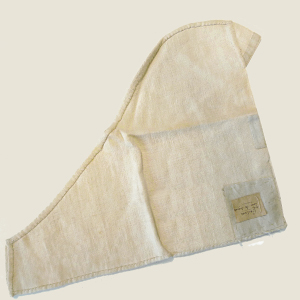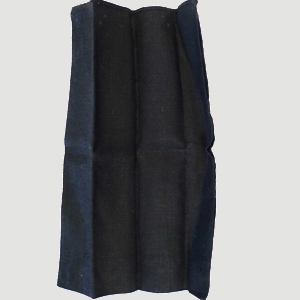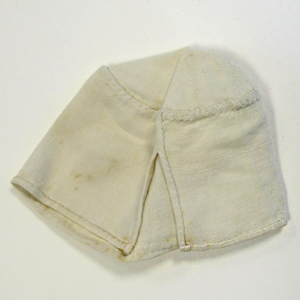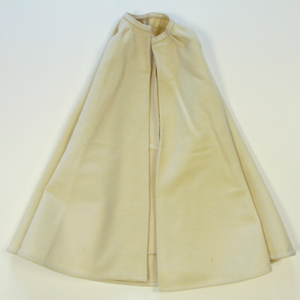at the end of the XNUMXth century
"The Carmelites must keep their habits to make them last as long as they can", we read in the exaction paper. The religious habit is an element of a clothing system, with its constraints, its prohibitions, its tolerances, its exclusions. It is a "fact of communication" between the person who wears it, his community and the society of his time.
Let us recall the embarrassments of the female toilet of the same period for the wealthy class, as can be seen in the family scrapbooks, and in periodicals:
The working class dresses more traditionally, with fabrics that last. This is the case of the bure au carmel, in a buttonless habit, entirely held together with pins for fastenings.
Inherited from the costume worn by Teresa of Avila herself, the habit is a complex assembly of various pieces under the dress and the scapular.
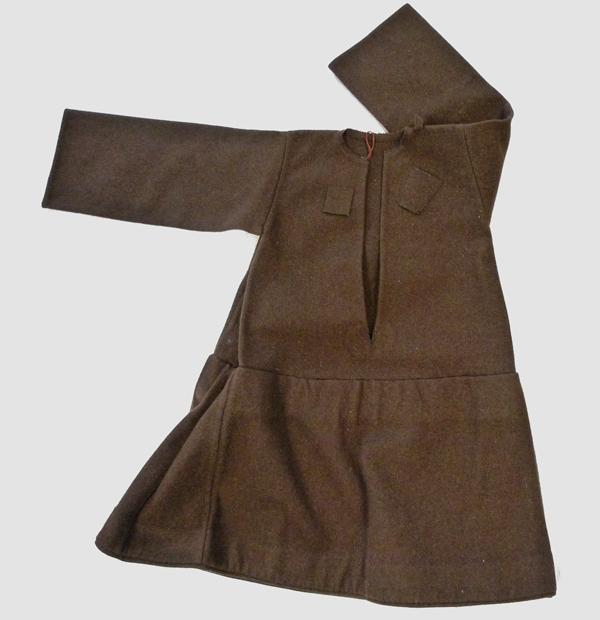
At the bottom of the dress, a ribbon (the heel piece) protects the hem from wear.
The folds at the top of the dress on the left served to insert the crucifix of profession (inclined fold) and the other served as a reserve of pins.
A very uncomfortable dress!
[1099r] For greater convenience, I had made a big pleat in our dress, firmly sewn, at the point of stitching, so that I wouldn't have to form this pleat every morning when putting on our belt. A few days before Therese's death I spoke to her about it; she immediately told me to unseam this fold, because it was against custom. Nevertheless, I left him still, postponing to unravel it. The day after Sister Thérèse's death, this unfortunate letter never left my mind, and I said to myself: "She sees that I still have it, and perhaps she is sorry about it?" Finally I prayed to her: “Dear little sister, if you dislike this fold, undo it yourself, and I promise you never to do it again.” Amazing thing! The next day, I noticed that the fold no longer existed. I had a feeling of fright and at the same time of great consolation.
Testimony of Mary of the Trinity at the Trial
The sacristan of the Carmel, on a very hot day, pitied the sisters for wearing heavy clothes.
yellow notebook August 5, 1897
Thérèse comments: Ah! in Heaven, the good Lord will repay us for having worn heavy clothes on earth for his love.
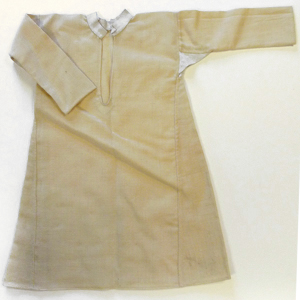
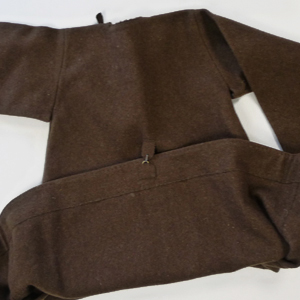
Clicking here we see the rolled-up dresses of the sisters Marie de Gonzague and St Jean Baptiste
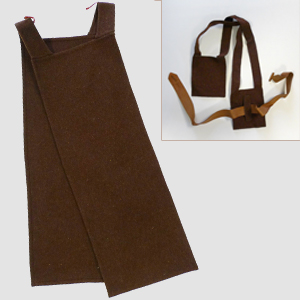
Framed: small night scapular attaching around the waist.

to which the coat is hung.



